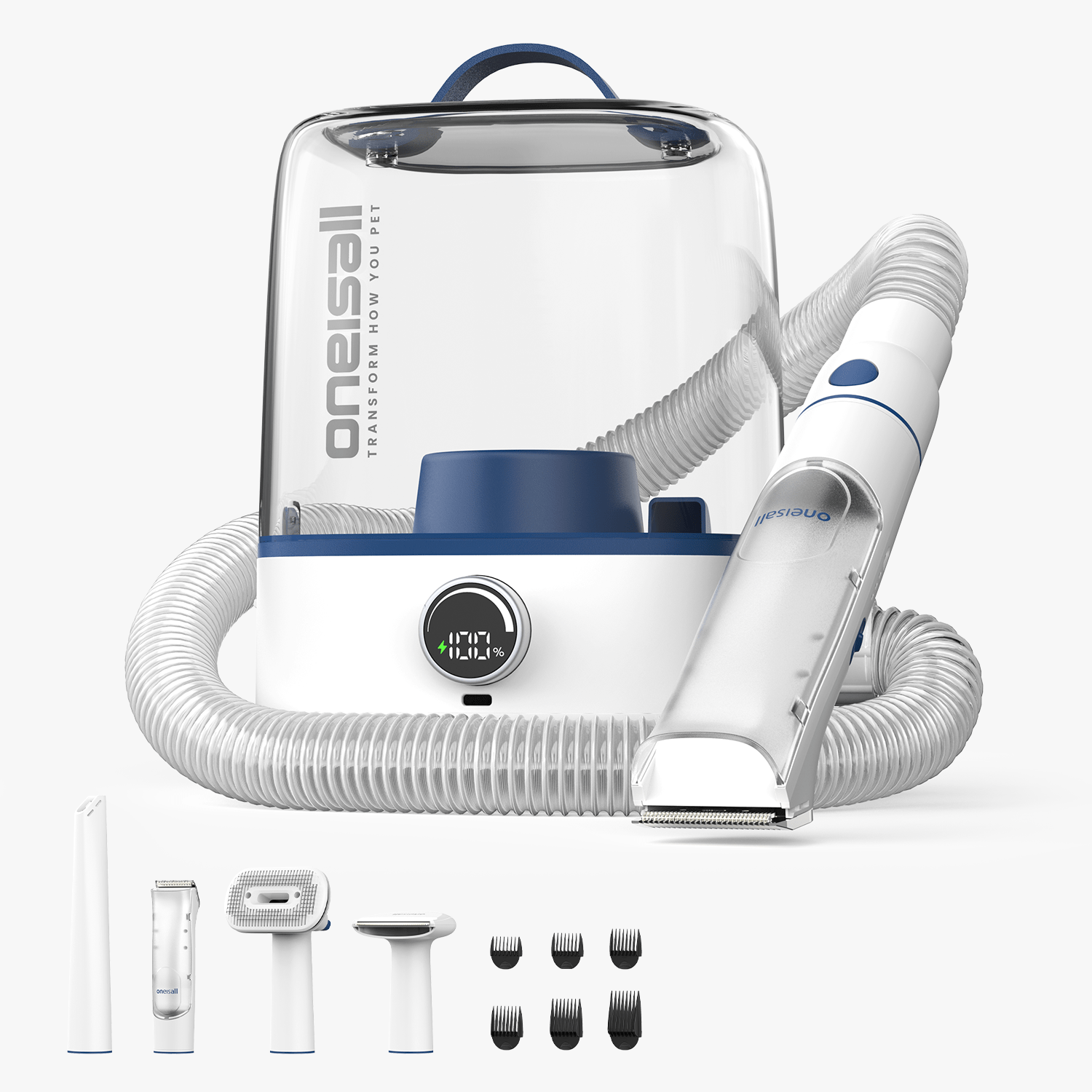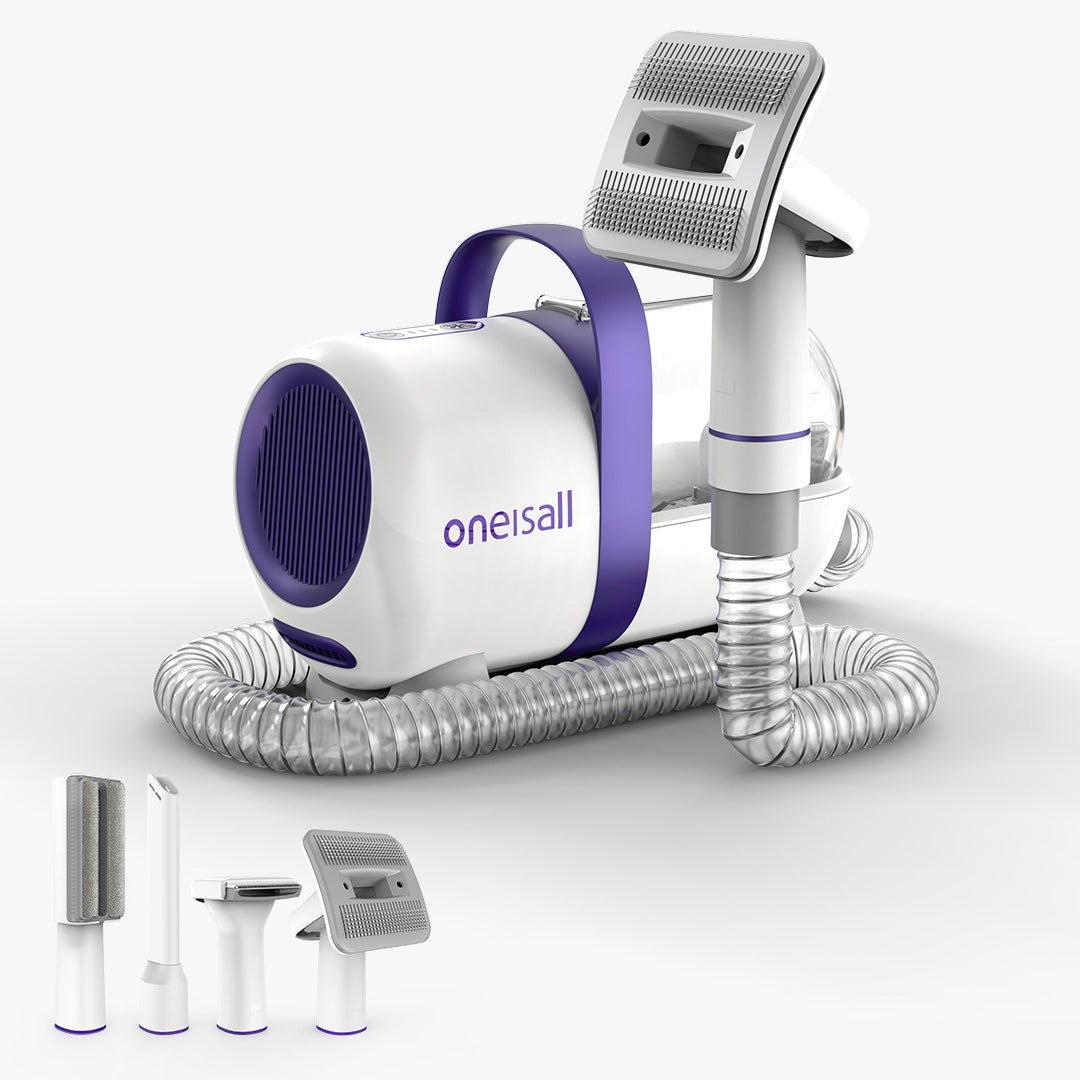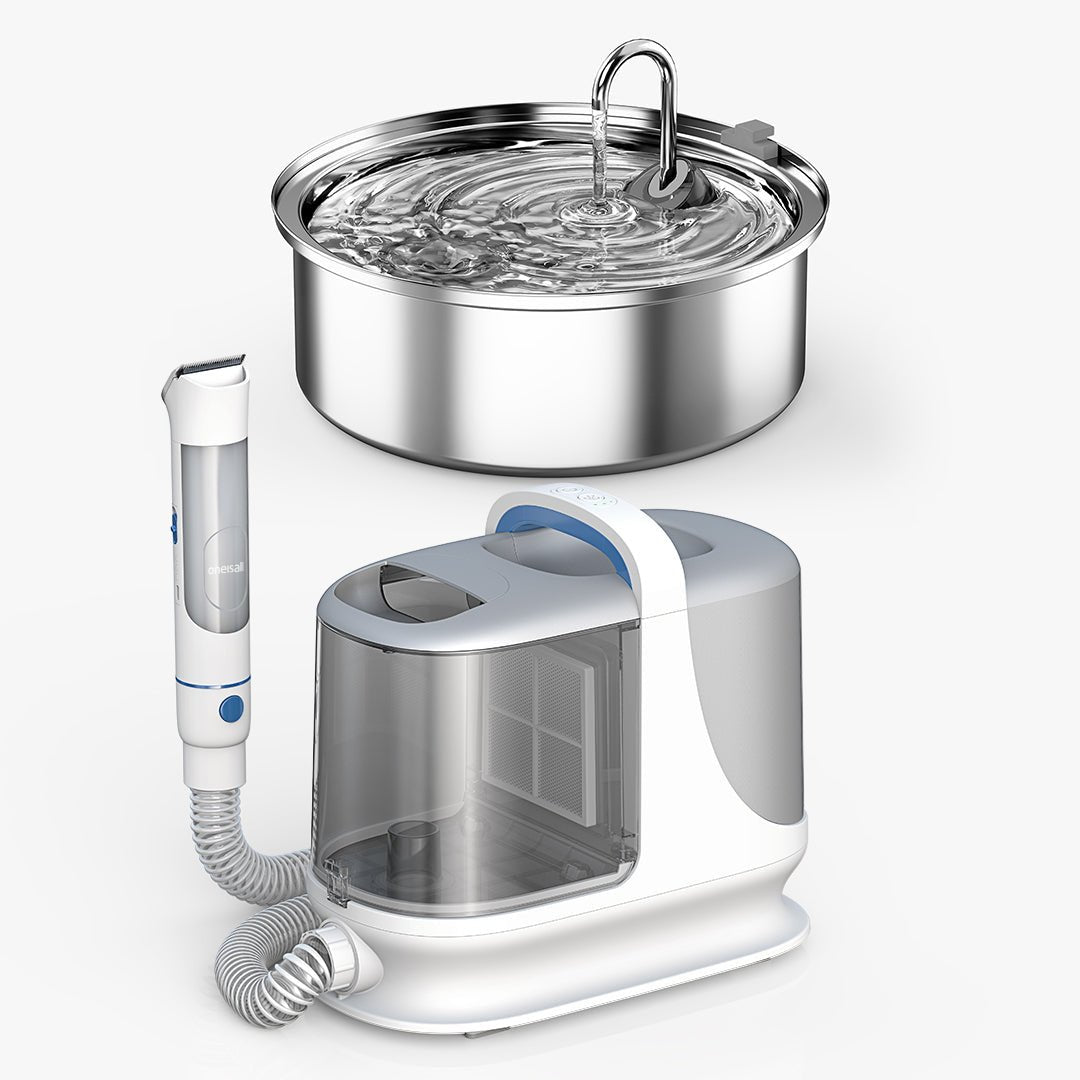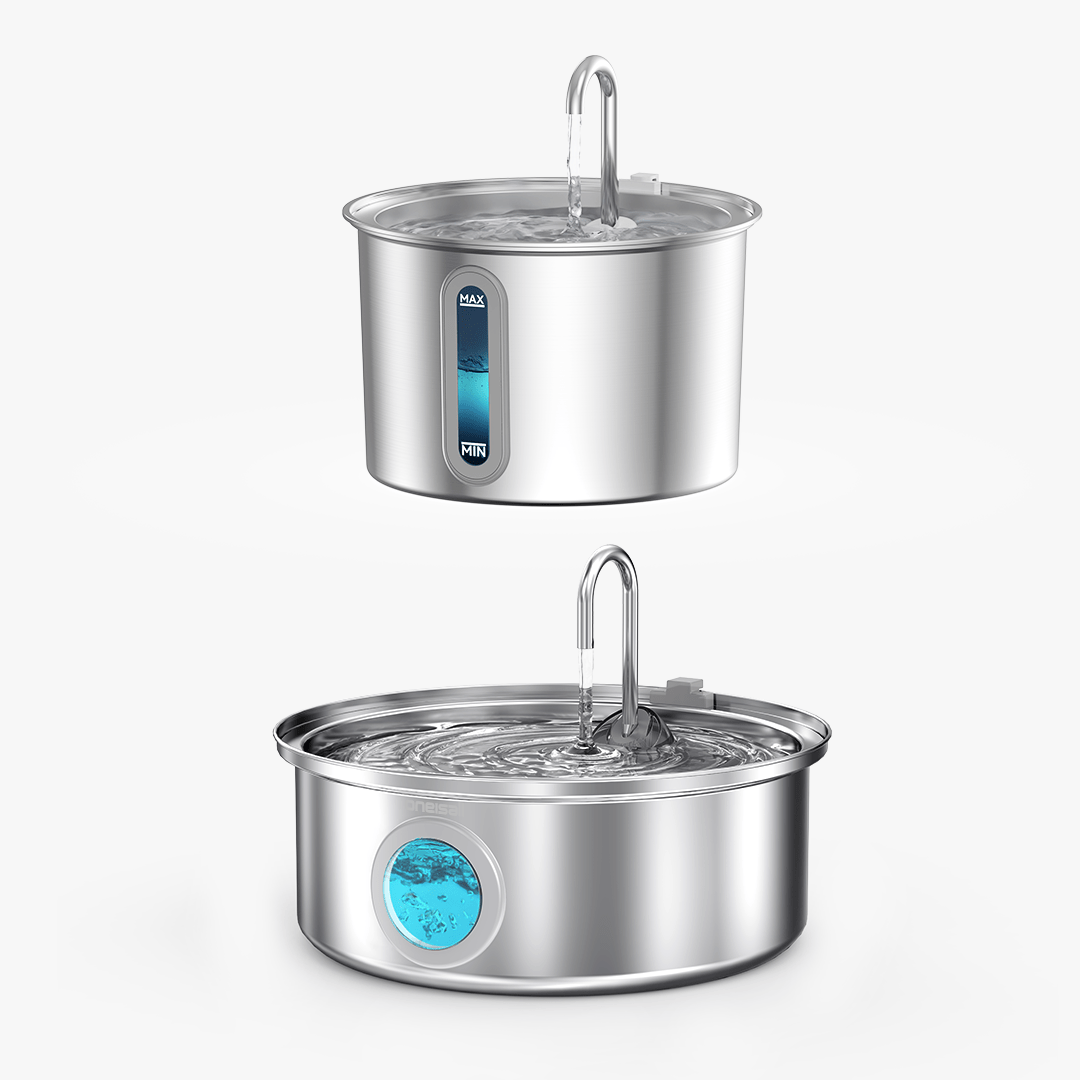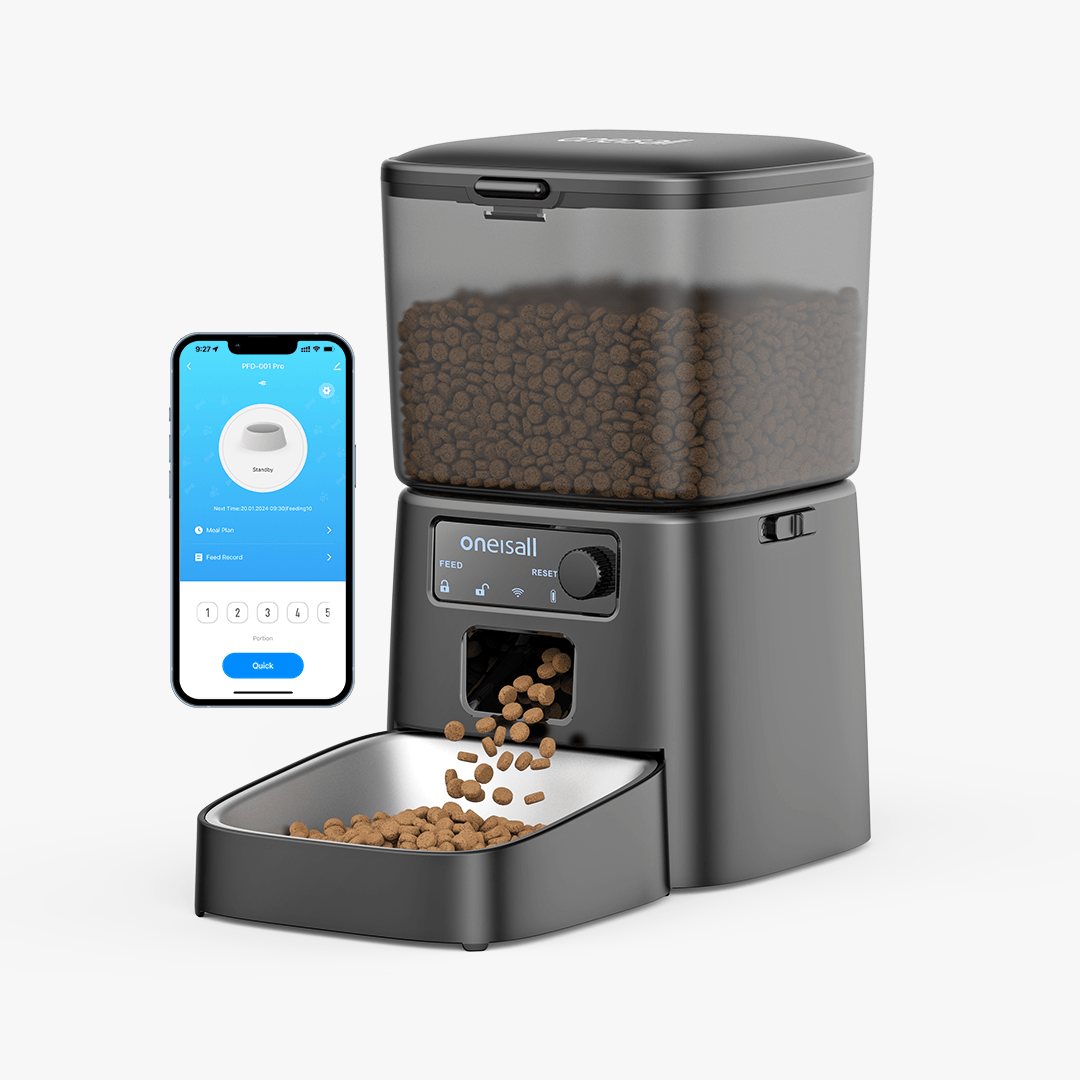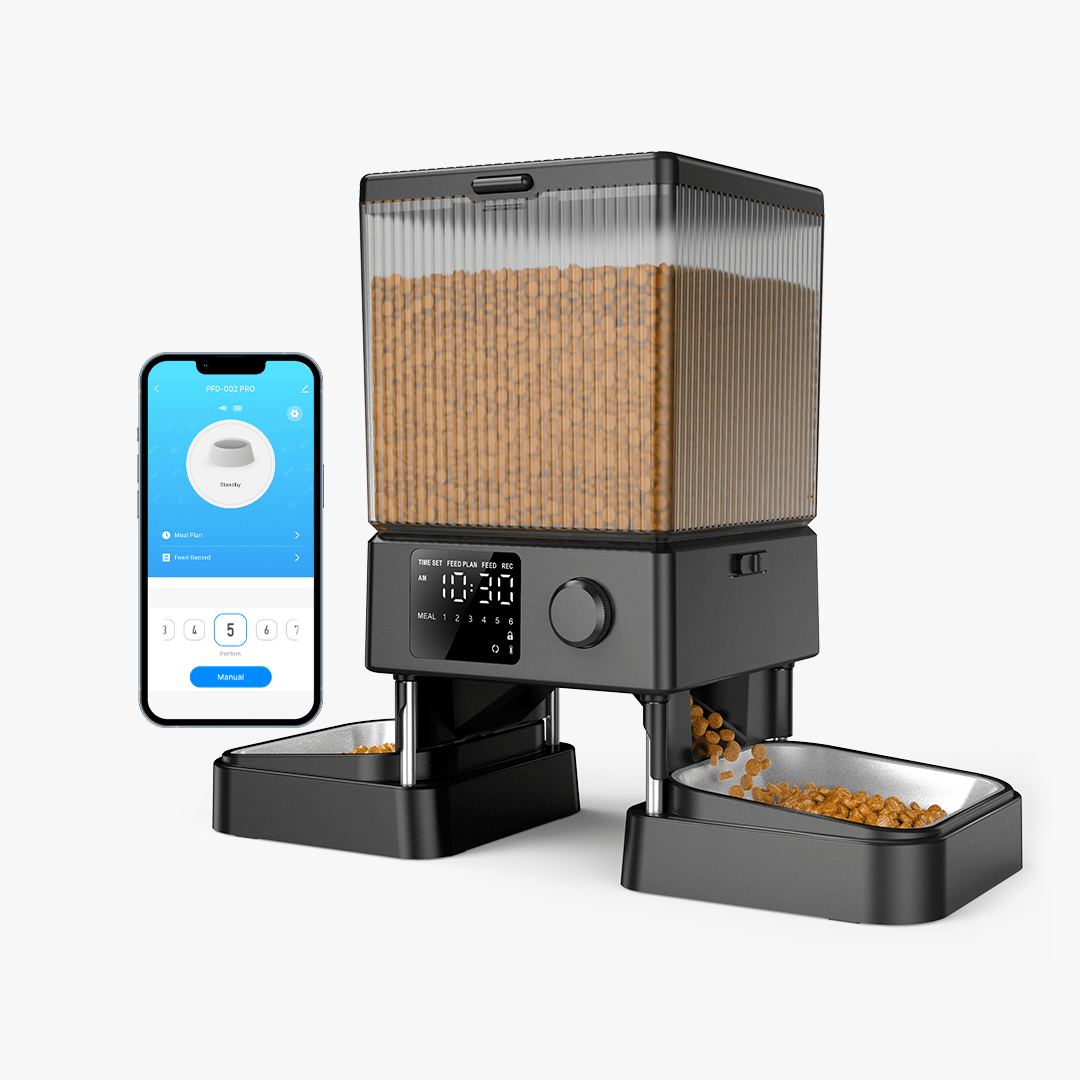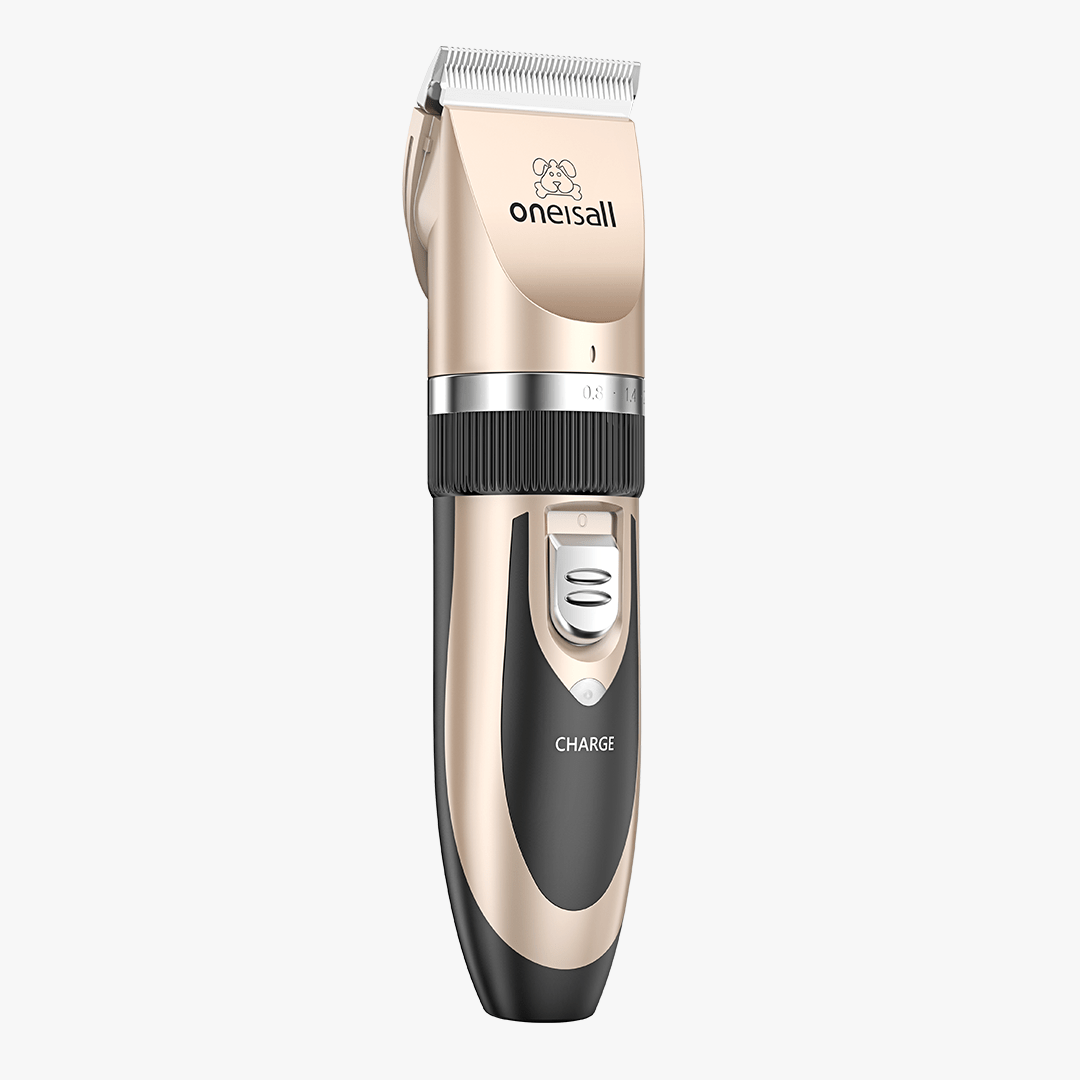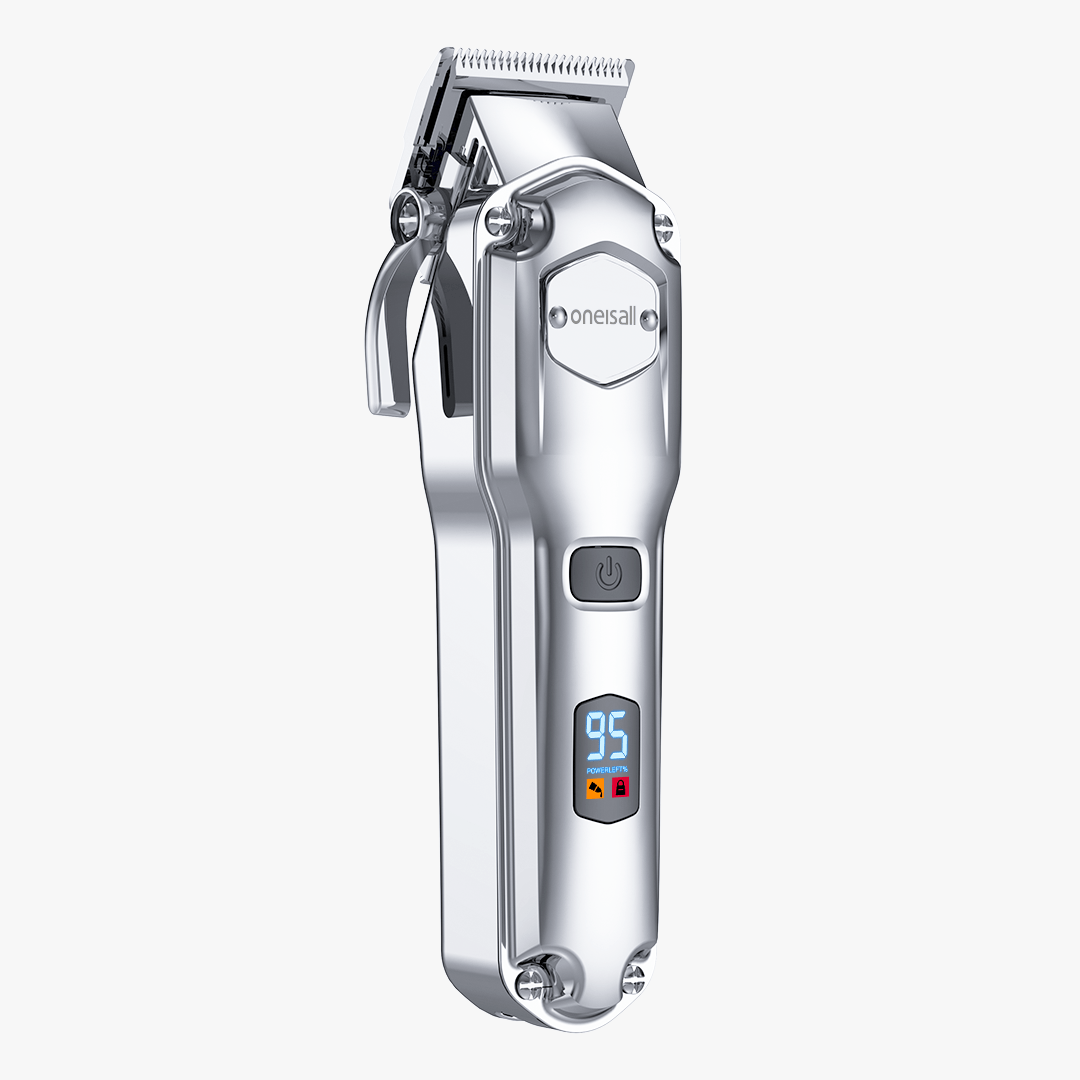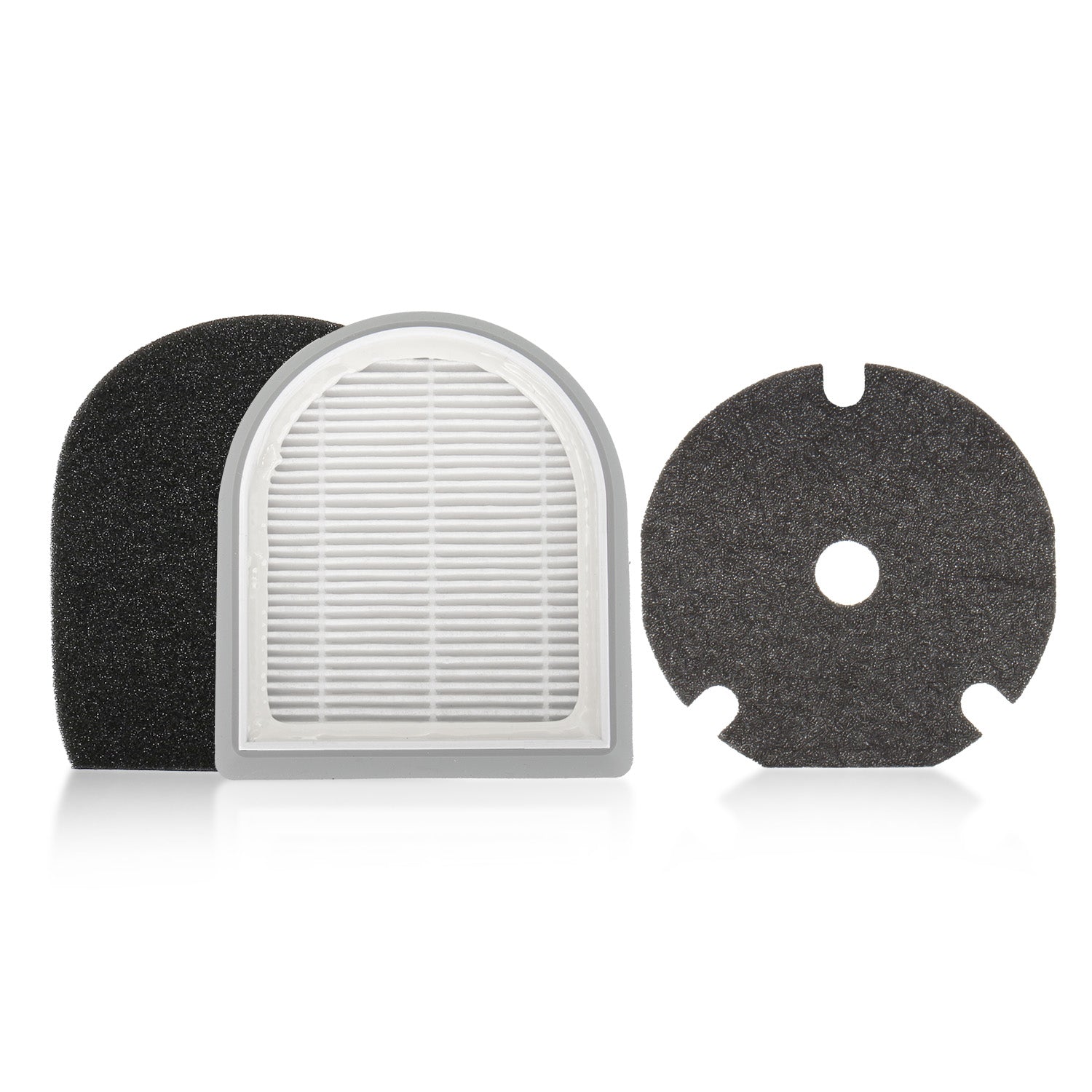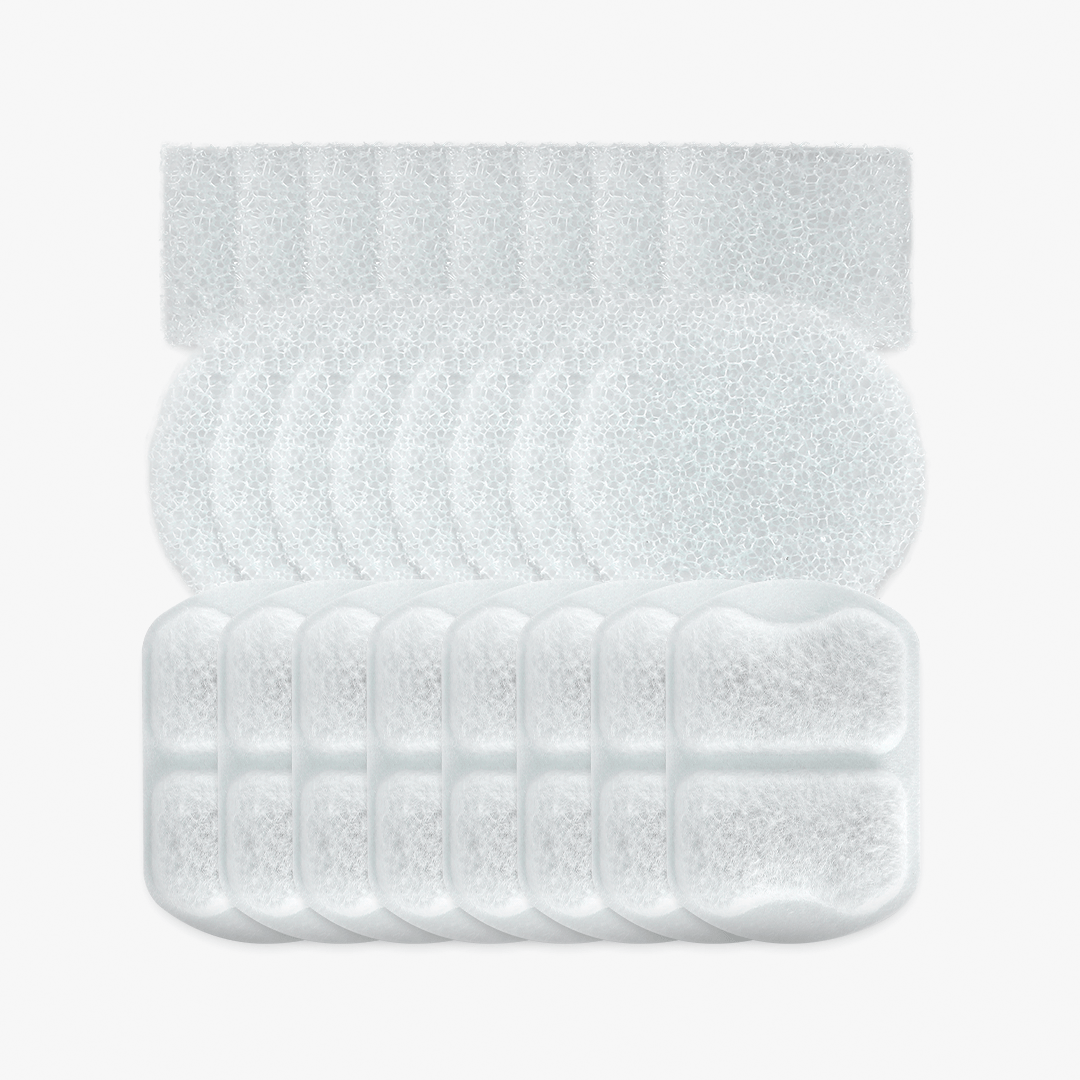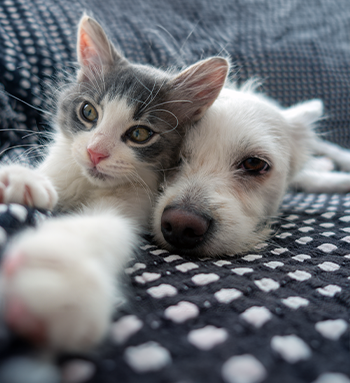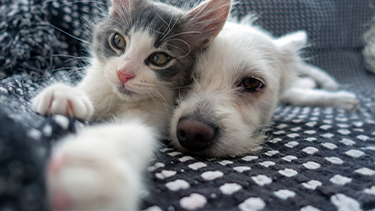Ceramic vs. Stainless Steel Cat Fountains: Which Material Reigns Supreme?

Stainless steel is known for its durability and easy maintenance, making it a popular choice for long-lasting use. On the other hand, ceramic fountains are appreciated for their hygiene, aesthetic appeal, and scratch resistance. So, which material reigns supreme?
Let’s dive into the key differences to help you make the best choice for your cat’s hydration needs.
Introduction to Ceramic and Stainless Steel Cat Fountains
What Are Ceramic and Stainless Steel Cat Fountains?
Cat fountains are designed to encourage your cat to drink more water, improving their hydration. Two popular materials for these fountains are ceramic and stainless steel. Both materials are known for their durability and hygiene, offering benefits that are superior to plastic fountains.
Benefits of Ceramic Cat Fountains
Ceramic fountains are often chosen for their aesthetic appeal. They come in a variety of colors and designs, allowing them to blend seamlessly into different home decor styles. Additionally, ceramic is more scratch-resistant than plastic, making it a durable, long-lasting option.
Benefits of Stainless Steel Cat Fountains
Stainless steel cat fountains have a sleek and modern appearance. They are highly resistant to scratches and are easy to clean. The material is non-porous, which helps maintain a hygienic water supply for your cat. While they offer fewer design options, their durability and ease of maintenance are key advantages.
Which Material is Right for You?
Both ceramic and stainless steel cat fountains provide a continuous supply of fresh water, improving your cat’s hydration. If you’re looking for style and design, ceramic may be the way to go. However, if you prioritize durability and ease of maintenance, stainless steel could be the better choice.
Material Durability and Longevity: Which Lasts Longer?
How Durable Are Ceramic Cat Fountains?
Ceramic cat fountains are attractive and hygienic but can be more fragile than stainless steel. They are prone to cracking or chipping if dropped, which could shorten their lifespan. Despite this, they can last a long time if handled carefully and maintained properly.
How Durable Are Stainless Steel Cat Fountains?
Stainless steel cat fountains are known for their durability and resistance to damage. They are highly resistant to scratches, dents, and rust, making them ideal for long-term use. Their non-porous surface helps prevent bacteria buildup, contributing to a longer lifespan.
Which Material Lasts Longer?
When it comes to longevity, stainless steel is the more durable choice. It can withstand rough handling and regular use without showing signs of wear. Ceramic requires more careful handling to avoid chips or cracks but can still last a long time if well-maintained.

Health and Safety Considerations for Your Cat
Hygiene and Safety of Ceramic Cat Fountains
Ceramic cat fountains are non-porous, which helps prevent bacteria from harboring. When made with food-safe glazes, they’re safe for your cat to drink from. However, ceramic can still harbor bacteria if not cleaned regularly, so proper care is essential to maintain hygiene.
Hygiene and Safety of Stainless Steel Cat Fountains
Stainless steel cat fountains are durable and easy to clean, making them a safe choice. The non-reactive surface prevents harmful chemicals from leaching into the water. Additionally, stainless steel is hypoallergenic, which is ideal for cats with sensitivities.
General Health and Safety Tips for All Cat Fountains
Regardless of the material, it’s crucial to clean your cat’s fountain regularly to prevent bacteria buildup. Change the water frequently and maintain the filter to ensure fresh water. Also, place the fountain in a safe, quiet spot that’s easily accessible to your cat.
Related Reading:How to Clean Cat Water Fountain?
Aesthetics and Design: Choosing the Best Fit for Your Home
Aesthetics of Ceramic Cat Fountains
Ceramic cat fountains offer a wide range of designs, colors, and shapes, making them an excellent choice for those who value decor. From elegant glazed finishes to unique shapes, ceramic fountains can seamlessly blend into different home styles and add a decorative touch.
Aesthetics of Stainless Steel Cat Fountains
Stainless steel cat fountains, while sleek and modern, are typically available in silver or steel tones, which limits the variety of colors and styles. However, their minimalist, contemporary look can complement industrial or modern home decor.
Which Design Fits Your Home?
When choosing between ceramic and stainless steel, consider your home’s decor. If you want a decorative piece that adds a personal touch, ceramic is the way to go. However, if you prefer a clean, modern look and durability, a stainless steel fountain may be the perfect fit.
Maintenance and Cleaning: Which Material Is Easier to Care For?
Cleaning Ceramic Cat Fountains
Ceramic cat fountains are easy to clean but can be more challenging when dealing with stubborn stains or mineral buildup. While ceramic is non-porous, it still requires regular care and attention to keep it free from grime and bacteria, especially in high-usage areas.
Cleaning Stainless Steel Cat Fountains
Stainless steel cat fountains have a clear advantage in terms of cleaning. They are durable and non-porous, making them easier to wipe down and maintain. Many parts of stainless steel fountains are dishwasher-safe, which simplifies the cleaning process significantly.
Which Material Is Easier to Care For?
Overall, stainless steel fountains are easier to maintain and clean due to their durability, non-porous surface, and dishwasher-friendly design. Ceramic fountains, while stylish and hygienic, require more attention to avoid stains and cracks, making stainless steel a more hassle-free option.

Weight and Stability: Which Fountain Is More Practical?
Ceramic Fountains: Heavy but Stable
Ceramic cat fountains tend to be heavier, which can make them more stable, especially if you have an active cat. The added weight helps prevent tipping over, providing a more secure drinking station for your pet. However, the extra weight can make it harder to move.
Stainless Steel Fountains: Lightweight and Less Stable?
Stainless steel fountains are generally lighter than ceramic ones, making them easier to move around. However, their lighter weight can sometimes make them less stable, and in households with active or curious cats, the fountain may be more prone to tipping over.
How Weight Affects Fountain Placement
When deciding between ceramic and stainless steel, consider the placement of the fountain. Heavier ceramic fountains are better suited for stationary spots where stability is a concern, while lighter stainless steel fountains are easier to reposition but may require a more secure location to avoid tipping.
Price Comparison: Value for Money in Cat Fountains
Are Ceramic Fountains Cheaper Than Stainless Steel?
Generally, ceramic cat fountains are more affordable than stainless steel options, especially smaller models. They can be a great choice if you're looking for a stylish fountain on a budget. However, you may pay more for intricate designs or larger sizes.
Is Stainless Steel Worth the Investment?
While stainless steel fountains are typically more expensive than ceramic, they offer greater durability and ease of maintenance. If you’re looking for a long-lasting option that requires less frequent replacement, the higher initial cost may be worth it in the long run.
Cost Breakdown: Durability vs. Initial Price
When comparing costs, it’s important to balance durability with initial price. Ceramic fountains are less expensive upfront but may need replacing sooner if damaged. Stainless steel fountains cost more initially but often last longer, making them a better value over time.
Environmental Impact and Sustainability
Environmental Impact of Ceramic Cat Fountains
Ceramic cat fountains are made from natural materials like clay and minerals, making them biodegradable and eco-friendly. They are a great option for those looking to reduce their environmental footprint while offering an aesthetic, sustainable choice for their pets.
Environmental Impact of Stainless Steel Cat Fountains
Stainless steel fountains are highly durable and long-lasting, which means they reduce the need for frequent replacements. While they can be more expensive upfront, their longevity and resistance to corrosion make them a sustainable option for the long term.
Sustainability Comparison: Ceramic vs. Stainless Steel
Both ceramic and stainless steel cat fountains are more sustainable than plastic. Ceramic is eco-friendly due to its natural materials, while stainless steel’s durability ensures it will last for years. Both materials are non-porous, contributing to better hygiene and reducing waste.

Noise Levels and Water Flow: Which Fountain Is Quieter?
Factors Affecting Noise Levels in Cat Fountains
The noise level of a cat fountain depends more on the design and pump strength than the material. A weaker pump may lead to louder sounds as it struggles to draw water, while a higher water flow rate can cause more splashing and noise.
Ceramic vs. Stainless Steel: Which Is Quieter?
Neither ceramic nor stainless steel fountains are inherently quieter. However, both materials can offer near-silent operation when paired with a well-designed, high-quality pump. The key is choosing a reputable brand that ensures low noise levels through optimized design and quality components.
Tips for a Quieter Cat Fountain
To ensure a quieter fountain, look for models with good reviews specifically mentioning noise levels. Proper maintenance, like cleaning the pump and placing the fountain on a level surface, can also help minimize noise and improve the overall experience.
Temperature Regulation: Does the Material Affect Water Temperature?
How Material Affects Water Temperature in Cat Fountains
Both ceramic and stainless steel cat fountains do not significantly affect the temperature of the water. The primary factors that influence water temperature are the room's ambient temperature and the initial temperature of the water when you fill the fountain.
Ceramic Fountains and Temperature Regulation
Ceramic is durable and resistant to heat, but it doesn’t have any special properties to regulate water temperature. It won’t significantly heat or cool the water compared to the surrounding environment. Ceramic fountains maintain water at room temperature.
Stainless Steel Fountains and Temperature Regulation
Similar to ceramic, stainless steel does not provide any special temperature regulation. While it is durable and easy to clean, it doesn’t influence water temperature in any meaningful way, as it primarily depends on the room’s temperature and the water's initial temperature.

Pet Behavior: What Do Cats Prefer?
Why Do Cats Prefer Ceramic and Stainless Steel?
Cats tend to prefer water from ceramic or stainless steel bowls over plastic. These materials are more hygienic, do not absorb odors, and have smoother surfaces, making them more appealing to your cat. Plastic can irritate your cat’s whiskers and affect water taste.
How Do Cat Fountains Encourage Hydration?
Cats are naturally drawn to fresh, flowing water, and cat water fountains provide just that. The continuous movement of water encourages cats to drink more, which is important for their health. Fountains also often come with filters that improve water quality, making it safer and more appetizing.
Explore options at Oneisall to find a cat water fountain that fits your cat’s needs.
Why Do Cats Like Multiple Streams and Levels?
Some cat fountains offer multiple streams or levels of water, which adds variety and intrigue for your cat. These features mimic natural water sources, making them more interesting for your cat and further encouraging them to drink more water throughout the day.
In conclusion
Both ceramic and stainless steel cat fountains offer unique benefits. If you prioritize durability, ease of cleaning, and longevity, stainless steel is the better option. However, if you prefer a stylish, decorative fountain that adds to your home’s aesthetic, ceramic is an excellent choice. Ultimately, the decision depends on your preferences for design, maintenance, and durability.







